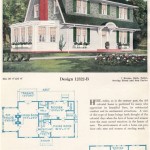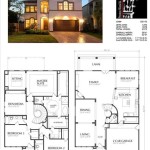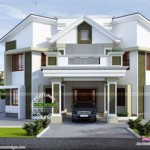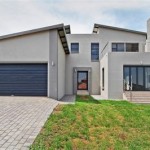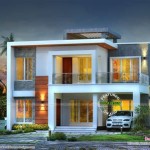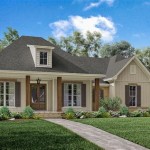Essential Aspects of Small Ecological House Plans
In today's world, where sustainability and environmental consciousness are of paramount importance, small ecological house plans have gained immense popularity. These plans prioritize eco-friendliness, energy efficiency, and harmony with the surrounding environment, making them an ideal choice for homeowners seeking a comfortable and environmentally responsible lifestyle.
When designing small ecological house plans, several essential aspects must be considered:
Energy Efficiency
Energy efficiency is crucial for reducing a home's environmental impact. Small ecological house plans often incorporate passive solar design principles, which maximize natural light and heat from the sun. Additionally, energy-efficient appliances, lighting systems, and insulation help minimize energy consumption.
Sustainable Building Materials
Choosing eco-friendly building materials is essential for creating a sustainable home. Recycled and reclaimed materials, such as bamboo, cork, and recycled glass, reduce waste and promote sustainability. Natural materials like wood and stone provide a warm and inviting ambiance while being environmentally responsible.
Water Conservation
Water conservation is vital in small ecological house plans. Low-flow fixtures, rainwater harvesting systems, and drought-tolerant landscaping help minimize water usage. These measures reduce the home's environmental impact and promote responsible water consumption.
Waste Reduction
Small ecological house plans emphasize waste reduction through thoughtful design and choice of materials. Built-in recycling centers, composting systems, and efficient waste management practices minimize waste generation. By reducing waste, homeowners can contribute to a cleaner and healthier environment.
Indoor Air Quality
Indoor air quality is essential for the health and well-being of occupants. Small ecological house plans incorporate natural ventilation systems, non-toxic paints, and low-VOC (volatile organic compound) materials to ensure a clean and healthy indoor environment.
Natural Landscaping
The surrounding landscape plays a significant role in creating a small ecological house plan. Native plant species, drought-tolerant gardens, and rain gardens help attract wildlife, reduce runoff, and promote biodiversity. Integrating the home with its surroundings creates a harmonious and sustainable environment.
By incorporating these essential aspects into small ecological house plans, homeowners can create comfortable, energy-efficient, and environmentally responsible homes. These plans not only promote sustainability but also contribute to a healthier and more fulfilling lifestyle, making them an excellent choice for those seeking to live in harmony with nature.

25 Small Sustainable House Plans Cutaway Drawings Natural Building Blog Home
This Entirely Customizable Dwelling Unit Raises The Bar In Energy Efficient Green Home Market Place Plans By Leap Adaptive
Small Homes Top 5 Floor Plans Designs For Houses Architecture Design

Eco House Plans Friendly Narrow Design

Eco Friendly Homes And Cabins Small Sustainable House Design Architecture

Nano Living System Guest House Small Plans Tiny

Danish Smart House Prefab Inhabitat Green Design Innovation Architecture Building

Small Modern And Green House Plans By Mark Stewart

Eco Friendly Home Design

Eco Friendly Home Designs Salter Spiral Stair

